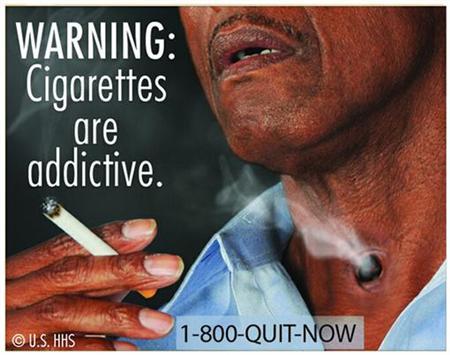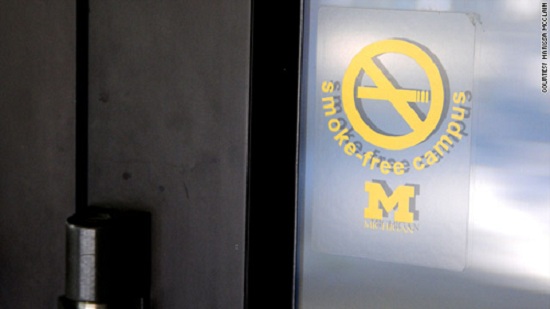A Stronger Tobacco Control Policy Would Save Thousands of Lives in the Netherlands
Posted on
A new study shows that 145,000 deaths could be averted in the next 30 years in the Netherlands by implementing stronger tobacco control policies. This set of policies, as recommended by the MPOWER report of the World Health Organisation, consists of increasing tobacco taxes to 70% of the retail price, bans on smoking in workplaces and public places, a complete marketing ban, well-funded tobacco control campaigns, graphic health warnings, youth access laws, and comprehensive cessation treatment.
The study, published online September 26 in the journal Addiction, is an output of the European Commission funded project “Pricing Policies and Control of Tobacco in Europe” and uses the SimSmoke Tobacco Control Policy Simulation Model. Developer of the SimSmoke Model Dr David Levy, from the Pacific Institute for Research and Evaluation: “The implementation of MPOWER recommended policies could be expected to show similar or even larger effects in other countries which currently have weaker policies than the Netherlands.”
Just increasing taxes and using the funds for an educational campaign would probably work as well as any method.
But, if we can reduce smoking, we will have our friends and family with us for just that much longer.




